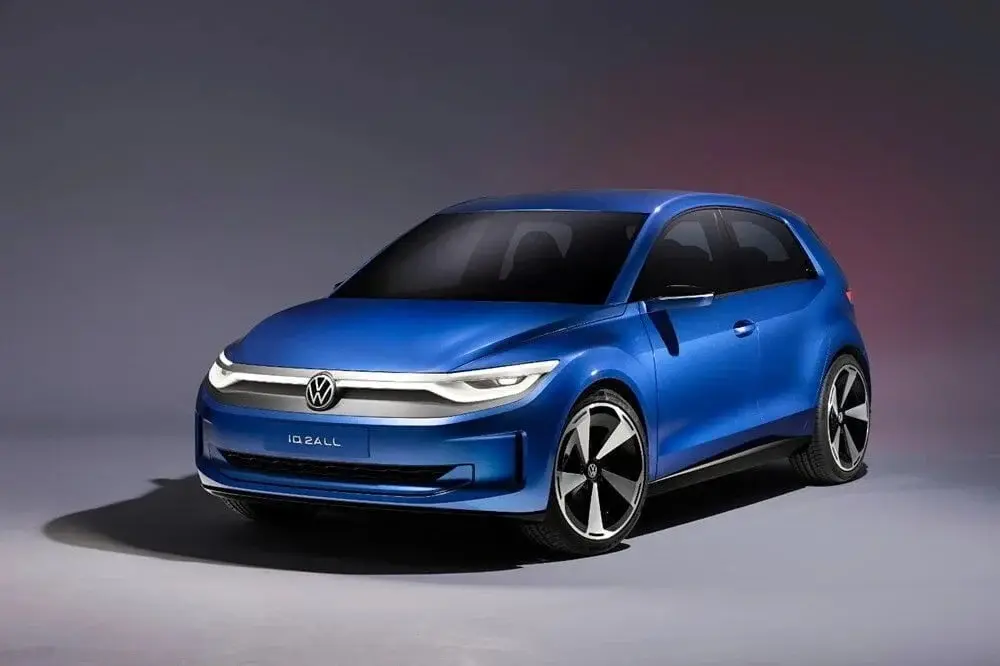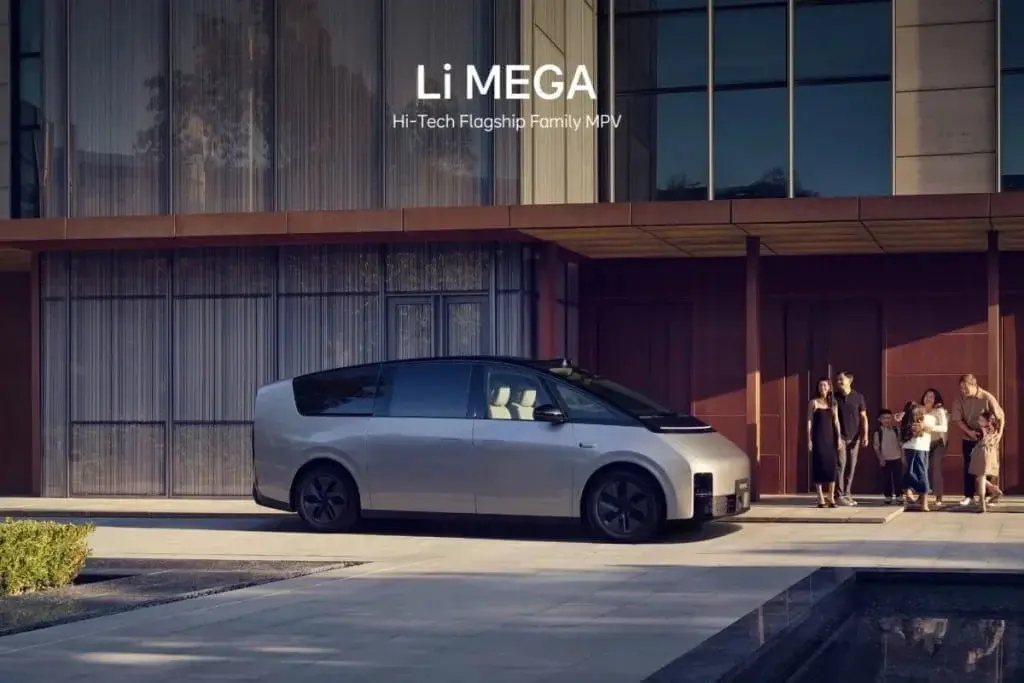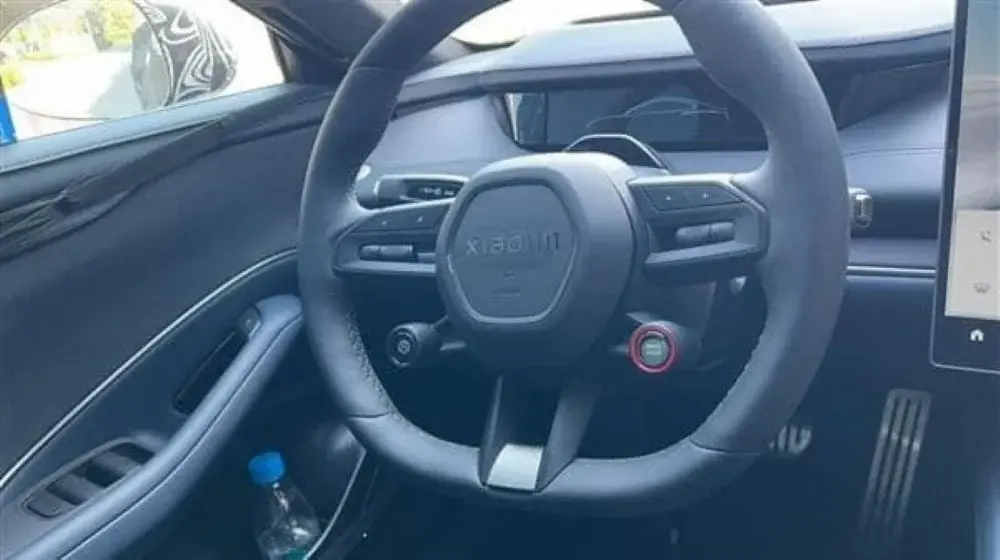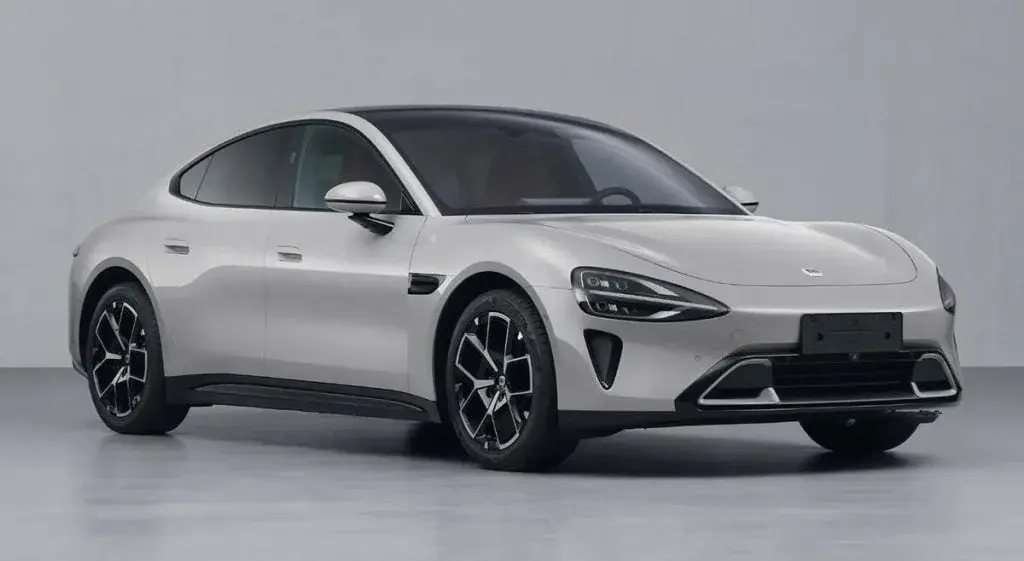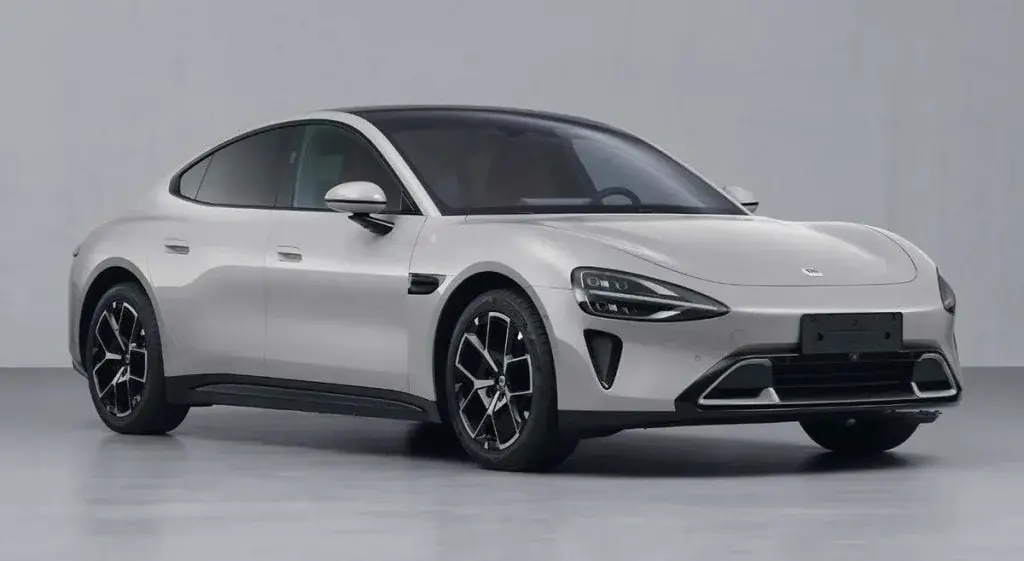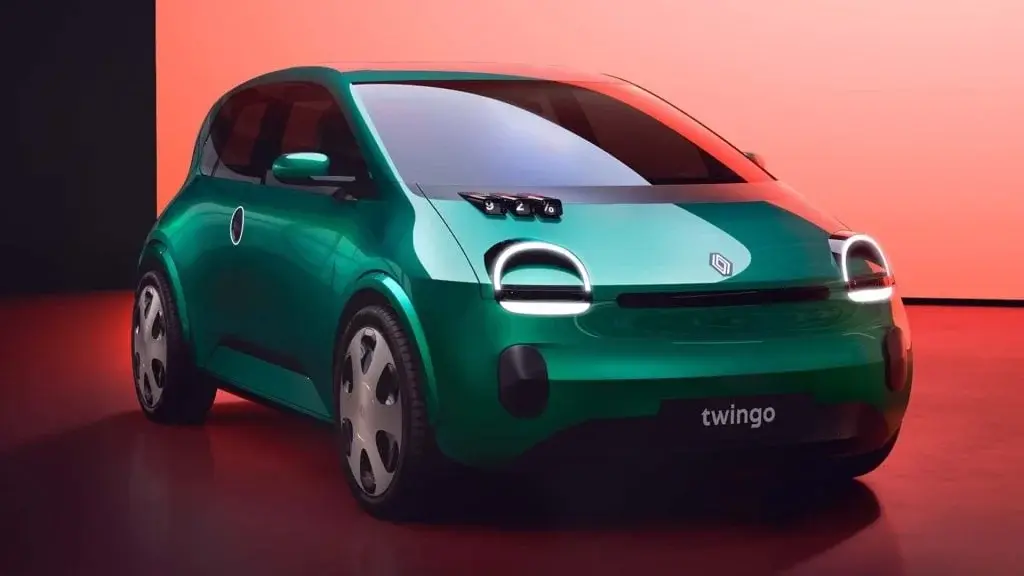Limited Initial Deliveries of Tesla Cybertruck May Disappoint Customers
On November 30, 2023, Tesla is set to unveil its long-awaited Cybertruck in Austin, Texas. This event is highly anticipated by the electric vehicle (EV) giant's fans and reservation holders. However, recent news reveals that only 10 of these futuristic trucks may be handed over to customers initially, which might dampen the spirits of the nearly two million reservation holders.
A Cautionary Note for Expectations
Tesla's global product design director, Javier Verdura, hinted at this limited delivery during a speech in Mexico. While his words were exciting, they also serve as a reminder to manage expectations. Tesla has a history of delivering new models in small numbers initially. For instance, during the launch of the Model 3 in 2017, only 30 cars were produced and given to employees.
This cautious approach is not surprising given the unique manufacturing challenges associated with the Cybertruck. Elon Musk, Tesla's CEO, has openly acknowledged the difficulties in producing the truck's stainless-steel body at a large scale. He has advised stakeholders to be patient, as significant positive cash flow from the Cybertruck may still be 18 months away.
Overcoming Production Hurdles
Tesla has a reputation for overcoming production hurdles, and it is possible that the Cybertruck's limited initial deliveries will eventually be expanded. However, this revelation serves as a reality check for customers eagerly awaiting their Cybertruck. Launching a new and highly anticipated product like the Cybertruck can be complex and unpredictable.
Tesla enthusiasts will have to wait and see how the company manages to scale up production and meet the demands of its reservation holders. In the meantime, it is important for customers to temper their expectations and understand the challenges involved in bringing a revolutionary vehicle like the Cybertruck to market.
Pricing and Specifications
As of now, the pricing and specifications for the Cybertruck have not been disclosed. However, the truck is expected to have a unique design with its stainless-steel body and futuristic features. Customers who have made reservations for the Cybertruck will have to wait for further updates from Tesla regarding pricing, delivery timelines, and production plans.
In conclusion, the limited initial deliveries of the Tesla Cybertruck may disappoint the millions of customers eagerly waiting for their futuristic truck. While Tesla has a track record of overcoming production challenges, the unique nature of the Cybertruck's manufacturing process poses its own set of hurdles. It is crucial for customers to manage their expectations and understand the complexities involved in bringing such an innovative vehicle to market.


